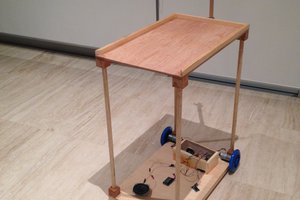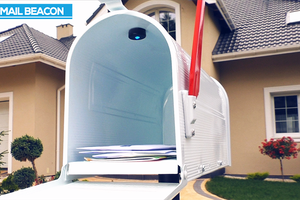Session 1:
Choose the department in which we would work:
We decided to stay in the sports department but to settle our project and give it a citywide dimension.
Define personas to serve and their problem statements:
Our users are people practicing sport, between 15 and 35 years old. They like to do sports for free in the street, with dedicated spaces, but sometimes they have the problem that there are too many people in the spaces and they cannot do sports.
IoT solutions:
Thanks to a presence sensor, we will use a raspberry pi. You have to put the small sensors in the activity spaces, and thanks to the application, the users can see in real time the attendance of the place.
Session 2:
Technical aspect of the project:
We will use tinkercad to create a wiring diagram and a simulation.
The debate is around the components we are going to use. As a presence sensor, we immediately think of using a PIR, which we would have at each spot.
We therefore need an arduino which is connected to the different PIRs.
The PIR detects whether there is presence or not.
The application would allow the user to know if the sports benches are occupied or not.
In order to make the field of the PIR sensor more directional we thought of putting it in the ground directed towards the attraction. We also thought of putting a latency, so that if the athlete takes breaks between his repetitions, the application does not detect that the activity is available.

Session 3:
Mobile phone app by Invison.
We watched a tutorial to learn how to use Invision and we created our digital interface.
We did the power point of the presentation and we practiced speaking.


 Austin Marandos
Austin Marandos

Kudos on the fantastic progress! It's akin to a well-executed game plan—clear department choices, finely defined personas, and a strategic use of Raspberry Pi and PIR sensors, almost like players with exceptional skills on the field.
Just as in sports, precision matters, so ensure that PIR sensor specs align perfectly with the project's needs. It's like making sure our equipment is tailor-made for the game we're playing.
Practice makes perfect, both in sports and presentations. So, honing the presentation for clarity is our playbook for a winning pitch.
Consider user testing as our scrimmage—a chance to refine our strategies based on real-time feedback. Emphasizing data privacy is like defending our goalpost—non-negotiable for a secure game.
Lastly, let's highlight our collaboration with the city. It's our home ground advantage, showcasing teamwork on and off the field.
Wishing us all the best of luck in this exciting game. to get more about sport go here https://rapysports.com/what-pickleball-paddle-does-ben-johns-use/